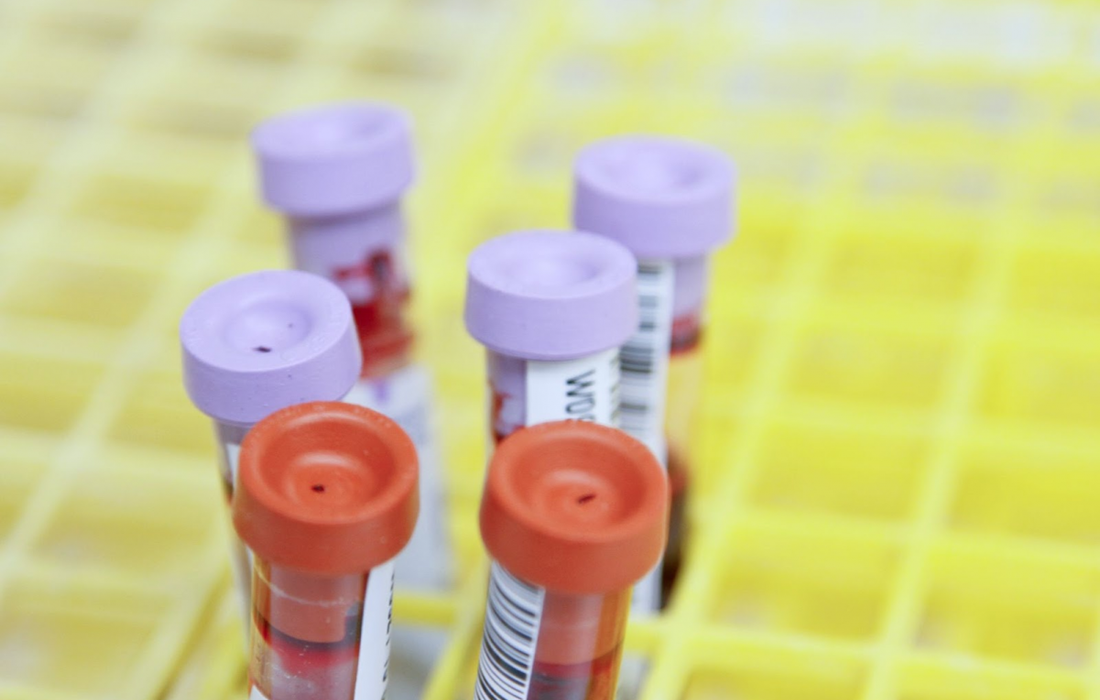Regenerative Medicine News and General Information
Improvements for Blood Clot Treatment
Heparin has long been used as a blood thinner, or anticoagulant, for patients with blood clotting disorders or after surgery to prevent complications. But the medication remains difficult to dose correctly, potentially leading to overdosing or underdosing.
A team of Penn State researchers combined heparin with a protein fragment, peptide, to slow down the release of the drug and convey the medication directly to the site of a clot.
When mixed, positively charged peptides and negatively charged heparin bind to create a nanogranular paste that can be injected under the skin, forming a cache of material that is then diffused in the circulatory system and travels to blood clots when they appear. The turbulent flow of fluid near a blood clot triggers the two materials to separate, allowing heparin to begin its anticoagulating action.
“The peptide is ideal for pairing with heparin because it essentially blocks heparin’s action until it is needed in the body,” said Atip Lawanprasert, first author on the paper. “The peptide also has some anticoagulating properties on its own: It binds to platelets in the blood, enabling action at the clotting site.”
Without an added bonding agent, heparin applies its anti-clotting properties indiscriminately, not just at blood clot sites, and clears quickly, its half-life only 60 to 90 minutes. Using preclinical animal trials, researchers determined that the addition of peptide allows for a dramatic increase of heparin’s half-life, to up to nearly 24 hours.
“The peptide increases heparin’s effects by more than ten times longer than what is currently being used,” Medina said. “The increased half-life allows for sustained treatments for patients, less medication waste and more accurate dosing. Eventually, this could allow the medication to be injected under the skin just once a day, rather than an all-day IV drip.”
Sources:
Atip Lawanprasert, Sopida Pimcharoen, Sarah E. Sumner, Connor T. Watson, Keefe B. Manning, Girish S. Kirimanjeswara, Scott H. Medina. Heparin‐Peptide Nanogranules for Thrombosis‐Actuated Anticoagulation. Small, 2022; 18 (46): 2203751 DOI: 10.1002/smll.202203751
Penn State. “Controlled, localized delivery of blood thinner may improve blood clot treatment.” ScienceDaily. ScienceDaily, 11 January 2023. <www.sciencedaily.com/releases/2023/01/230111164425.htm>.
Images from:
Photo by National Cancer Institute
https://unsplash.com/photos/9k4Fglw6eFQ

